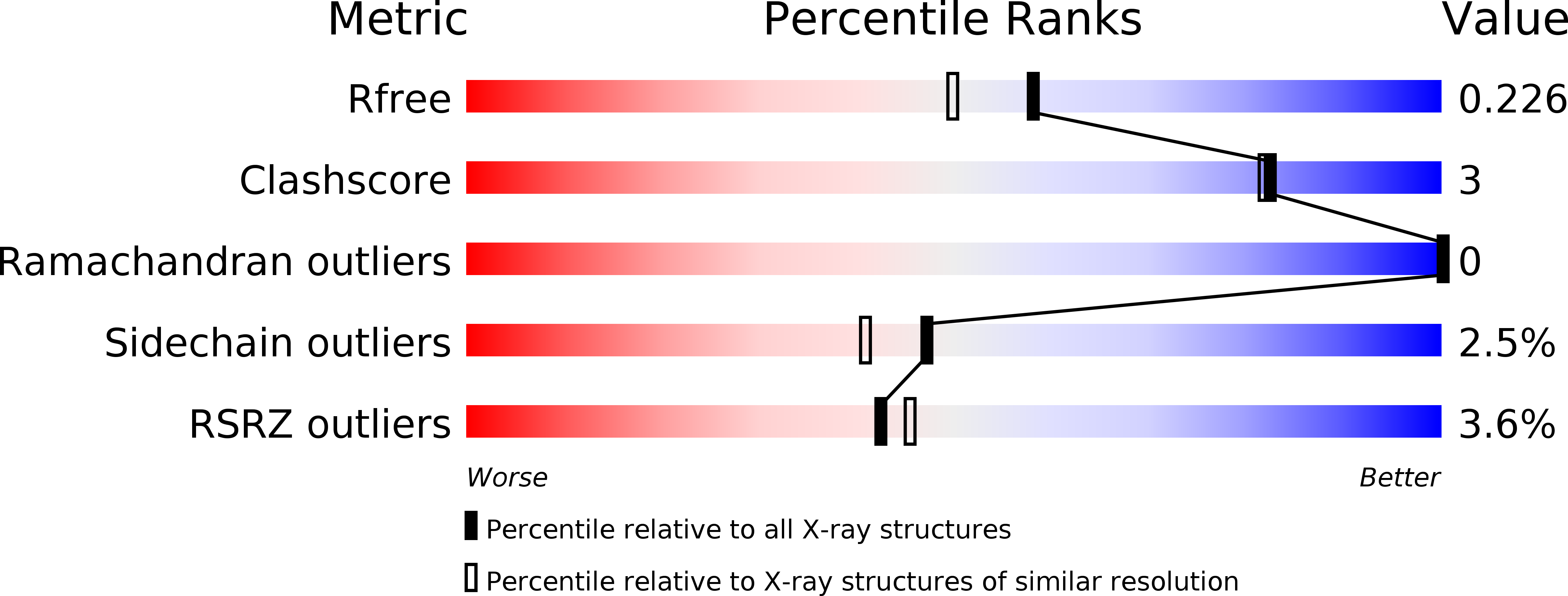
Deposition Date
2019-03-12
Release Date
2019-07-31
Last Version Date
2024-10-09
Entry Detail
PDB ID:
6QZS
Keywords:
Title:
14-3-3 sigma in complex with FOXO1 pS256 peptide
Biological Source:
Source Organism:
Homo sapiens (Taxon ID: 9606)
Host Organism:
Method Details:
Experimental Method:
Resolution:
1.90 Å
R-Value Free:
0.21
R-Value Work:
0.18
Space Group:
P 21 21 21


